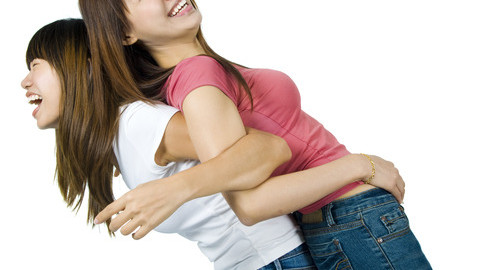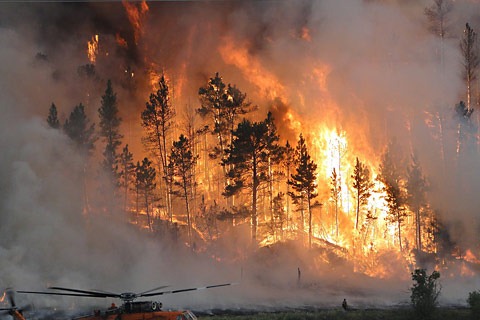We’ve been talking about story consultant Christopher Vogler’s explanation of the archetypical character types who appear in most great fiction, from The Odyssey to Star Wars, in order to help you to decide which supporting characters you need to create in order to give your story coherence and meaning. In the previous post, we discussed The Mentor, Threshold Guardian, and Herald.
The Shapeshifter
Shapeshifters often appear in stories about a male-female relationship, but are also found in other stories as characters who change their behavior to fit the needs of the novel. Shapeshifters can be fickle or two-faced or just changeable. In Fatal Attraction, the main character is besieged by a Shapeshifting woman who appears, at first, to be a passionate lover, but turns out to be quite insane. In fairytales, witches and wizards often act as Shapeshifters.
The purpose of Shapeshifters in a story is to cause doubt or create suspense. They cause the main character to ask questions like, “Does she really love me?” or ” Is she really my friend or is she deceiving me?” These kinds of questions create tension in the story and keep the reader reading to find out how things will turn out.
“A common type of Shapeshifter,” explains Vogler, “is called the femme fatale, the woman as temptress or destroyer. The idea is as old as the Bible, with its stories of Eve in the Garden of Eden, the scheming Jezebel, and Delilah…. The femme fatale finds expression today in stories of cops and detectives betrayed by killer women, such as Sharon Stone’s character in Basic Instinct….” But, Vogler goes on to explain, there are also hommes fatales in literature. Zeus himself was a great Shapeshifter, changing forms (literally) in order to seduce young women. In the film The Stranger, Loretta Young almost marries the Shapeshifter Orson Welles, who, it turns out, is a secret Nazi.
Whatever form they take, Shapeshifters add intrigue and tension to your story. The Shapeshifter in my story is Marybeth’s sister, Maggie, who keeps changing so that no one in her family knows what she might do next.
The Ally
The Ally is the main character’s companion and friend — someone for him to talk to and share his ideas with. The Ally challenges the hero to either test or change his goals. And, he can also show the reader other sides of the hero’s personality in his conversations with him and comments about him. Allies can also ask the hero questions that we, the readers, would ask.
There can be more than one Ally. In The Wizard of Oz, Dorothy has three — the Tin Woodsman, the Cowardly Lion, and the Scarecrow. This also happens in “buddy” stories, where the main character has two or three best buddies that he shares his thoughts with.
In literature, there are some great Ally-Hero stories — Sancho Panza and Don Quixote, Prince Hal and the fun-loving Falstaff, Sherlock Holmes and Doctor Watson — to name a few.
Marybeth’s ally, in my book, is her roommate, Christie, who stands by Marybeth through thick and thin, as Marybeth does for her.
Other Archetypes
I have tried to outline the major archetypes in mythology and literature. There are many others, of course. The Trickster, for instance, is the name given to funny sidekicks or clowns, characters who like to stir up trouble. They often affect the lives of others but don’t change themselves. The Eternal Boy is another archetype found in characters such as Cupid and Peter Pan, as well as in men who never want to grow up. I could go on, but I think it is enough here to lay out the most essential archetypes.
In conclusion, let me quote Christopher Vogler on the importance of understanding these universal archetypes of literature:
Archetypes “offer a way to understand what functions a character is performing at a given moment in a story. …The archetype can be used to make characters who are both unique individuals and universal symbols of the qualities that form a complete human being. They can help make our characters and stories psychologically realistic and true to the ancient wisdom of myths.”










Comments are closed.